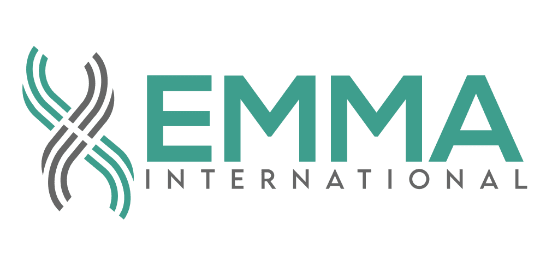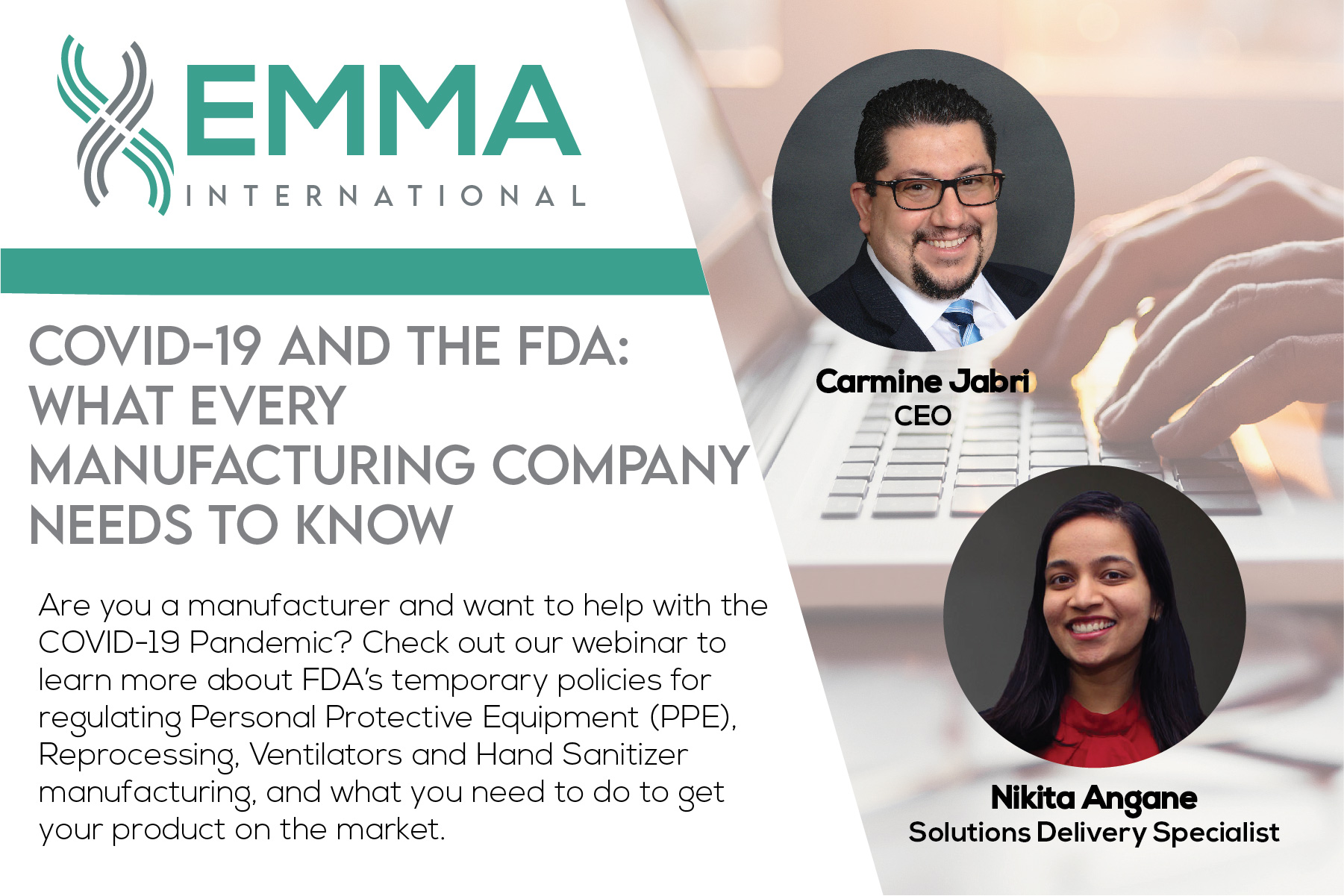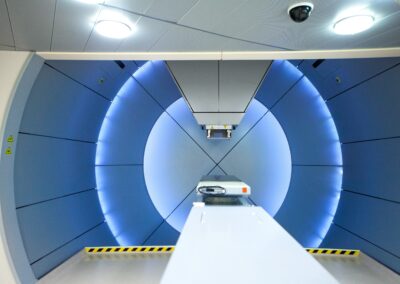COVID-19 and the FDA: What Every Manufacturing Company Needs to Know
by Nikita Angane | Apr 10, 2020 | COVID-19
Are you a manufacturer and want to help with the COVID-19 Pandemic? Check out our webinar to learn more about FDA’s temporary policies for regulating Personal Protective Equipment (PPE), Reprocessing, Ventilators and Hand Sanitizer manufacturing, and what you need to do to get your product on the market.
Solutions Delivery Specialist - Ms. Angane is a Bioengineering graduate with experience in medical device commercialization, product development, quality system compliance and regulatory affairs. Her portfolio includes working on medical devices, combination products, and pharmaceuticals. As a Solutions Delivery Specialist at EMMA International, she offers her expertise to help our clients achieve an effective and sustainable quality system, and develop regulatory strategies for market access and compliance of new products in the US and international markets. Ms. Angane earned a Bachelor of Engineering in Biomedical Engineering from the University of Mumbai, India and an M.S. in Bioengineering from University of Illinois at Chicago.






